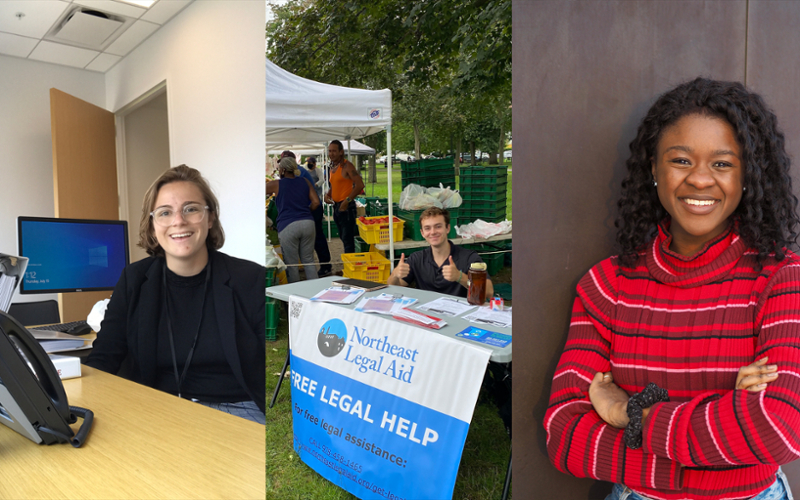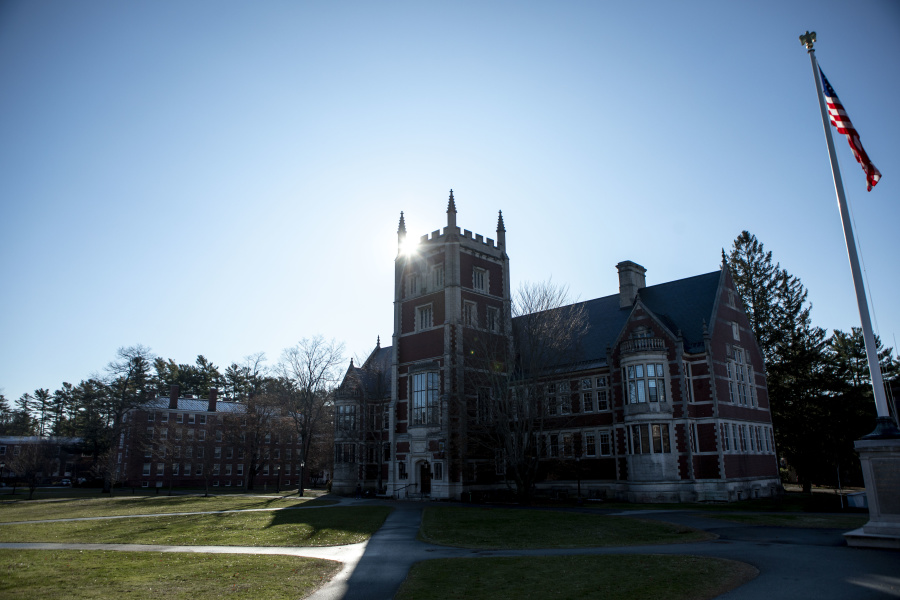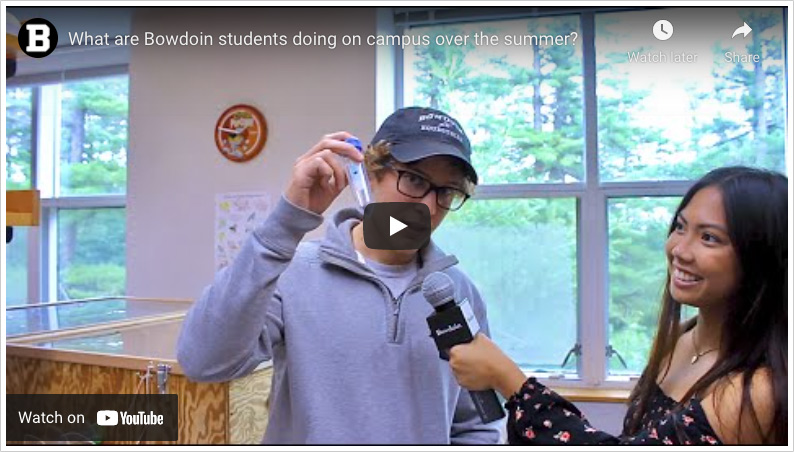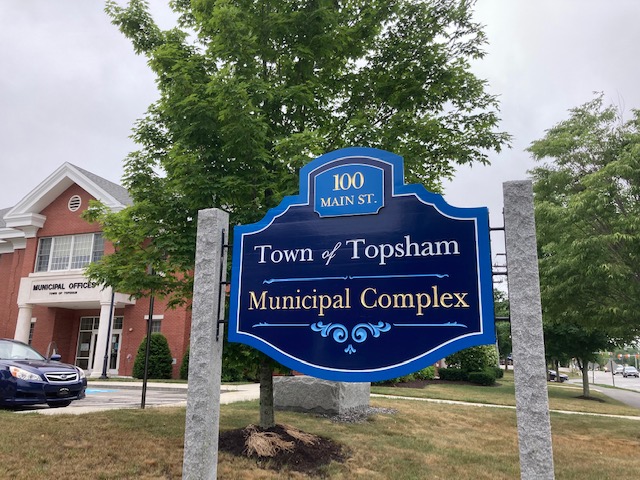Professors Delve into the ‘HerStory’ of Reproductive Rights in the US
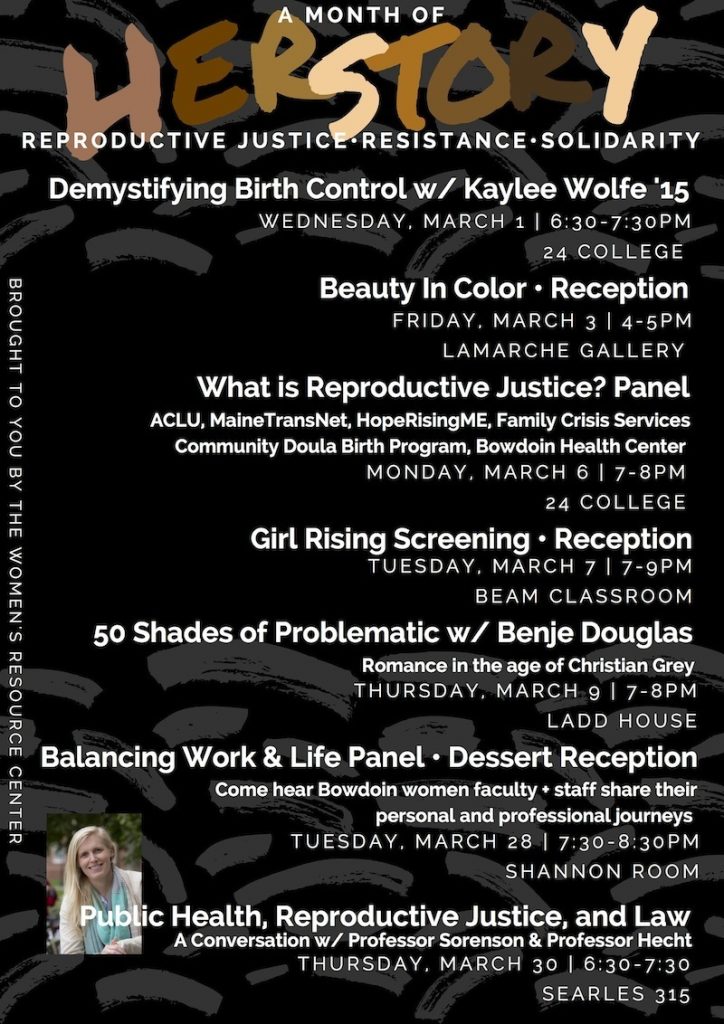
Stephanie Rendall, interim coordinator for the Women’s Resource Center, said she organized HerStory after being inspired by student programming that has “elevated a caused or celebrated the history, culture, or traditions of a specific identity group” over weeks or a month.
“I think people who identify as women at Bowdoin can sometimes operate in silos, and I wanted HerStory to invite these women to events (centered around the theme of reproductive justice) that offered knowledge, an opportunity to connect with peers, and linked personal experience with political and social structures,” Randell wrote in an email.
Sorenson, a US Supreme Court and judicial politics scholar, began by relating the history of Roe vs. Wade, that historic decision by the United States Supreme Court to garauntee a woman’s right to abortion. The case was argued twice, in 1971 and 1973, due to pending Supreme Court nominees. Chief Justice Warren Burger believed the confirmation of two conservative nominees in 1973 would ensure the court’s limitation or ban of abortion. Burger assigned his childhood friend and Associate Justice Harry Blackmun to write the case’s opinion, believing him to be a “solid conservative.” Surprisingly, Blackmun penned Roe with a “liberal opinion,” establishing the legal significance of the trimester scheme.
Sorenson proceeded to discuss the subsequent landmark abortion case, Planned Parenthood vs. Casey, in 1992. “People still celebrate the day that Roe vs. Wade was handed down. Roe vs. Wade was not overturned, but the standard that was set in Roe vs. wade was changed significantly in 1992.”
The court did not repeal its previous decision, believing the undoing of Roe vs. Wade after twenty years of precedent would be harmful to society. Instead, the 1992 opinion, authored by Associate Justice Sandra Day O’Connor, replaced the trimester scheme with a new standard of “viability.”
“Before the point of fetal viability,” Sorenson said, “the state could not place undo burden or obstacles in the path of women seeking abortions.”
Hecht followed up with questions regarding the definitions of “undo burden” or “viability.” “How can we place the illusion of technical certainty on something that is very fluid?” Hecht asked. Often, Sorenson followed, informational gaps are filled by interest groups who have an interest in particular issues.
The discussion ended with questions from the audience. Some students questioned how and why states bring cases back into contention, and whether religious undertones in abortion rhetoric are genuine.
“I believe there are people who hold this [anti-abortion stance] as a very sincere religious belief,” Sorenson said. “But I also believe there are some politicians out to abuse that.”
